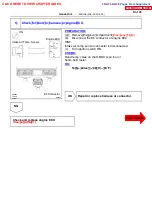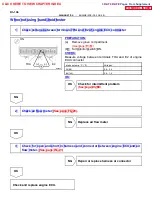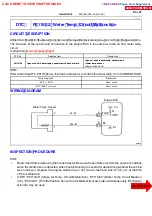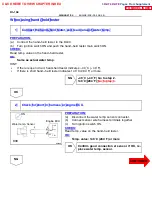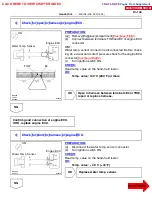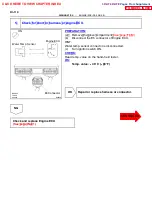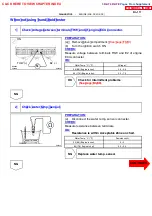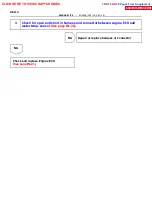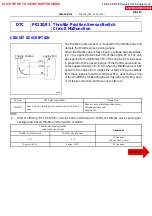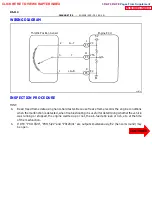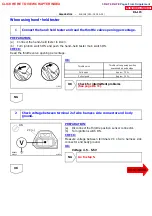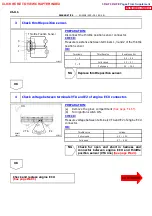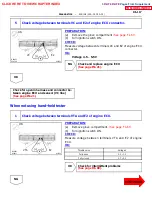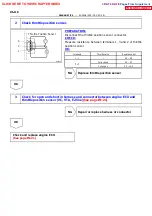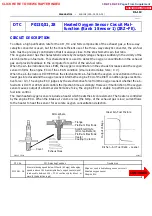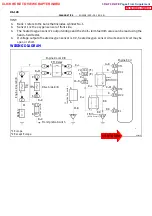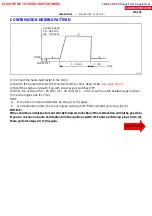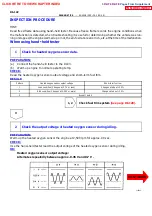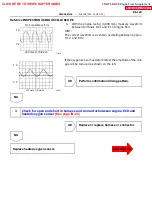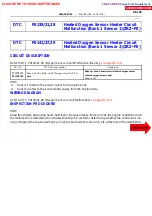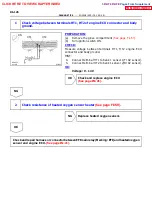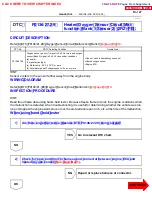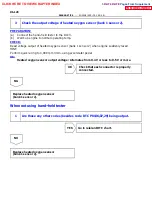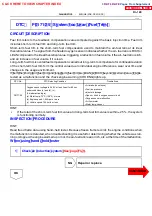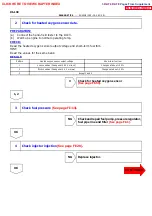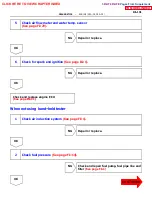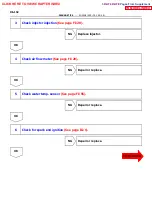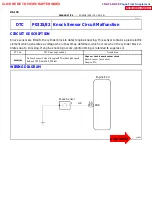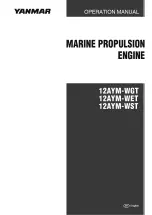
P21242 FI7210
A00027
Atmosphere
Flange
Platinum Electrode
Solid Electrolyte
(Zirconia Element)
Platinum Electrode
Heater
Coating (Ceramic)
Exhaust Gas
Cover
Ideal Air--Fuel Mixture
O
ut
put
V
olt
age
Richer -- Air Fuel Ratio -- Leaner
--
DIAGNOSTICS
ENGINE (2RZ--FE, 3RZ--FE)
DI--119
DTC P0130/21, 28 Heated Oxygen Sensor Circuit Mal-
function (Bank 1 Sensor 1) (2RZ--FE).
CIRCUIT DESCRIPTION
To obtain a high purification rate for the CO, HC and NOx components of the exhaust gas, a three--way
catalytic converter is used, but for the most efficient use of the three--way catalytic converter, the air--fuel
ratio must be precisely controlled so that it is always close to the stoichiometric air--fuel ratio.
The oxygen sensor has the characteristic where by its output voltage changes suddenly in the vicinity of the
stoichiometric air--fuel ratio. This characteristic is used to detect the oxygen concentration in the exhaust
gas and provide feedback to the computer for control of the air--fuel ratio.
When the air--fuel ratio becomes LEAN, the oxygen concentration in the exhaust increases and the oxygen
sensor informs the engine ECU of the LEAN condition (small electromotive force: 0 V).
When the air--fuel ratio is RICHER than the stoichiometric air--fuel ratio the oxygen concentration in the ex-
haust gas in reduced and the oxygen sensor informs the engine ECU of the RICH condition (large electromo-
tive force: 1V). The engine ECU judges by the electromotive force from the oxygen sensor whether the air--
fuel ratio is RICH or LEAN and controls the injection time accordingly. However, if malfunction of the oxygen
sensor causes output of abnormal electromotive force, the engine ECU is unable to perform accurate air--
fuel ratio control.
The main heated oxygen sensors include a heater which heats the zirconia element. The heater is controlled
by the engine ECU. When the intake air volume is low (the temp. of the exhaust gas is low) current flows
to the heater to heat the sensor for accurate oxygen concentration detection.
DTC No.
DTC Detecting Condition
Trouble Area
P0130/21, 28
At normal driving speed below 100km/h (60 mph) and engine
speed is above 1,500 rpm amplitude of oxygen sensor signal
is reduced to between 0.35 -- 0.70 V continuosly for 60 sec. or
more.(2 trip detection logic)
S
Open or short in heated oxygen sensor circuit
S
Heated oxygen sensor
S
Engine ECU
DI1IF--01
CLICK HERE TO VIEW CHAPTER INDEX
Pages From Supplement
3RZ-F,3RZ-FE

